12 Realistic Tips for Sustainable Living on a Modern Homestead
Looking for realistic tips for sustainable living? These easy changes can help you build a more intentional, eco-friendly life—no matter where you live.
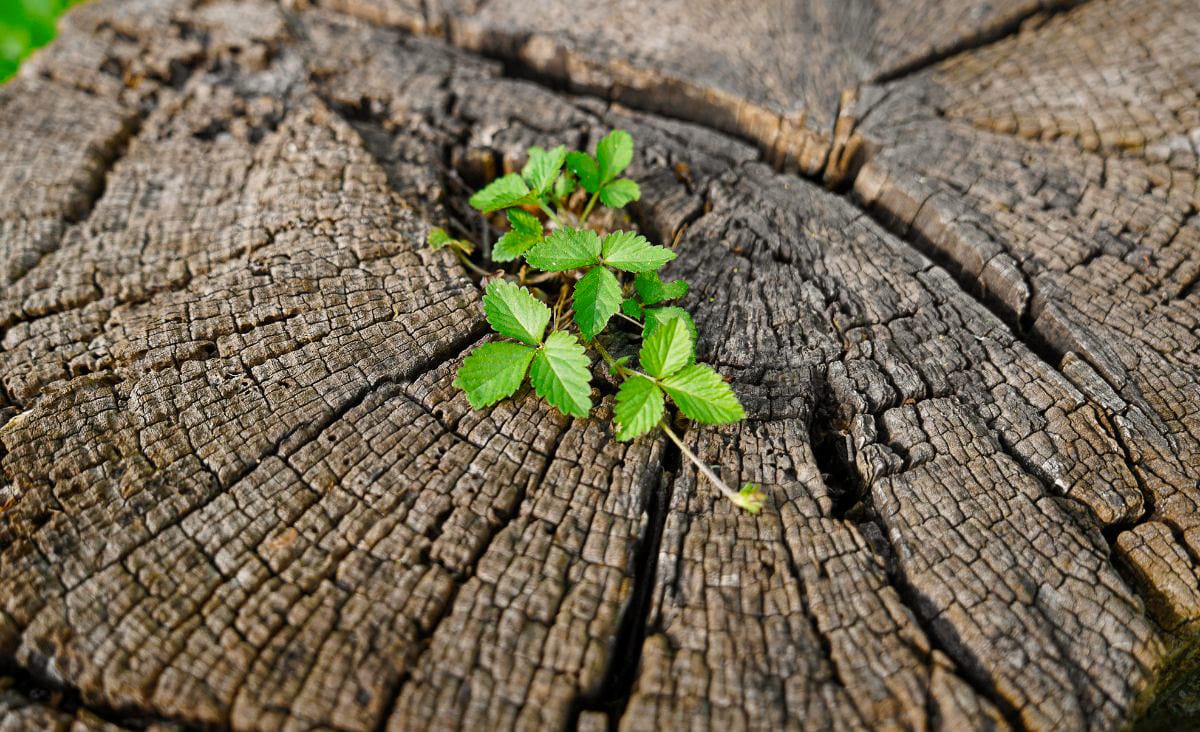
I used to think sustainable living meant doing everything the old-fashioned way—zero waste, grow-all-your-own-food, never-set-foot-in-a-store kind of living. But real talk? That approach is exhausting, especially if you’re working, raising kids, or running a household.
Sustainable living isn’t about doing everything perfectly. It’s about making intentional, doable choices that support your values, reduce waste, and help you build a life that’s both earth-friendly and manageable.
Whether you’re just starting out or looking for ways to make your homestead more efficient, here are 12 sustainable living tips that actually work—no guilt trips, no overwhelm.
Start with What You Already Have
Before you buy anything new, take inventory of what you already own. Sustainable living begins with using what you have rather than replacing it with “eco-friendly” alternatives that still require production and shipping.
Try this:
- Repurpose old jars and containers for pantry storage.
- Use worn-out clothes as rags instead of paper towels.
- Repair broken tools or furniture before replacing them.
For more ways to cut down on waste using what you already have, check out my post on the zero waste lifestyle for homesteaders.
Ditch Disposables (When It Makes Sense)
Switching to reusables doesn’t have to happen overnight. Focus on one or two disposable items you use often and find a more sustainable alternative.
Try this:
- Use cloth napkins or unpaper towels instead of paper ones.
- Replace plastic wrap with beeswax wraps or reusable containers.
- Use refillable pens and mechanical pencils instead of single-use options.
Start small and build from there.
Grow Something—Anything
Growing your own food, even just a little, makes a big impact. You don’t need acres of land to get started.
Try this:
- Grow herbs like basil, parsley, or mint on a sunny windowsill.
- Start lettuce, radishes, or green onions in containers on your porch.
- Build one raised bed and focus on high-yield crops like cherry tomatoes or bush beans.
If you’re unsure where to begin, this guide on how to start a garden in your yard will walk you through it—no matter your space or soil.
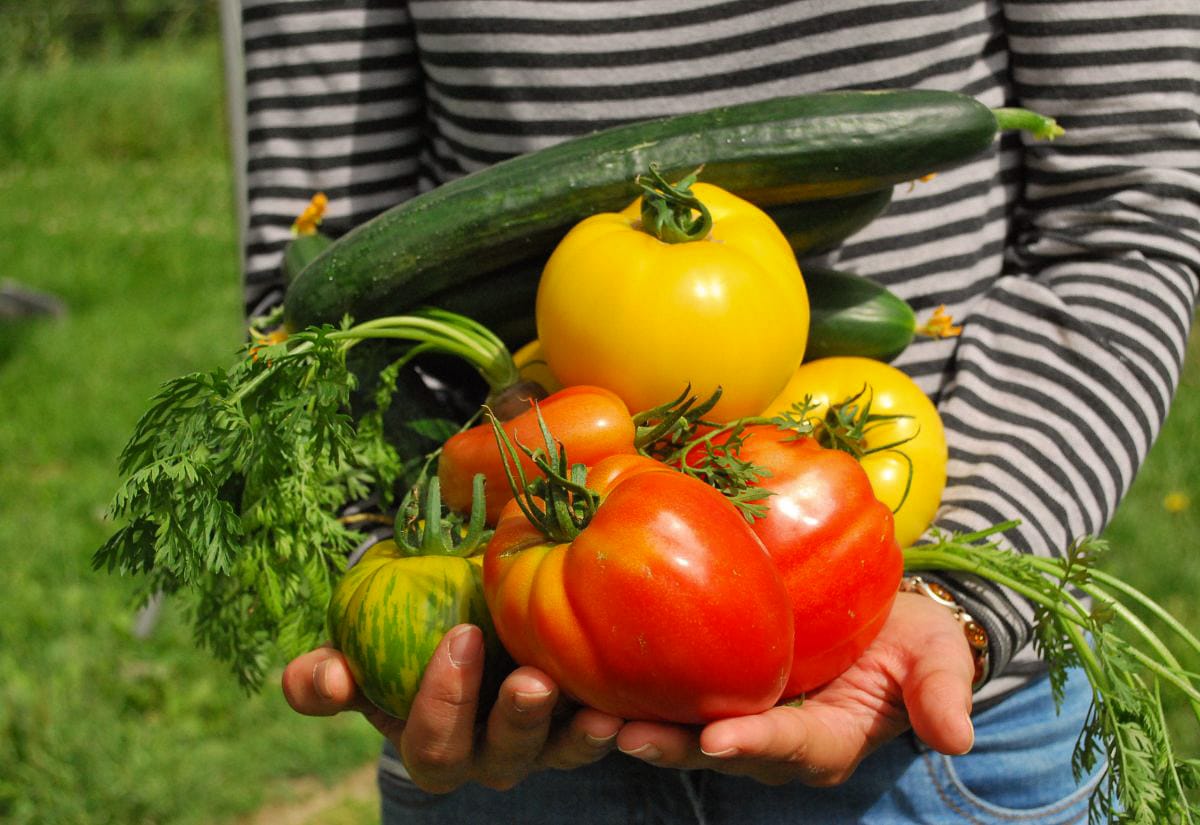
Learn to Cook from Scratch
Cooking from scratch reduces packaging, saves money, and gives you more control over ingredients.
Try this:
- Make homemade salad dressings or seasoning blends.
- Bake bread, muffins, or snack bars instead of buying prepackaged ones.
- Cook large batches of soup, stew, or chili and freeze portions for later.
Start with simple recipes and build your skills over time.
Preserve the Harvest (Even If It’s Small)
Preserving food helps you waste less and eat from your pantry all year long. You don’t need a massive garden to start.
Try this:
- Freeze chopped herbs in olive oil using an ice cube tray.
- Water-bath can a few jars of jam, pickles, or salsa.
- Dehydrate apple slices or cherry tomatoes for snacks.
Preserving even small harvests gives you a taste of summer in the middle of winter.
Reduce Food Waste
Being mindful of food waste is one of the most impactful things you can do. It saves money, reduces methane in landfills, and makes your grocery trips more efficient.
Try this:
- Plan meals around what you already have.
- Freeze leftovers or single portions for future lunches.
- Keep a freezer bag for veggie scraps to make homemade broth.
- Compost what you can—or feed scraps to chickens or quail if you have them.
Not sure where to start? This composting for beginners guide will help you turn kitchen scraps into garden gold.
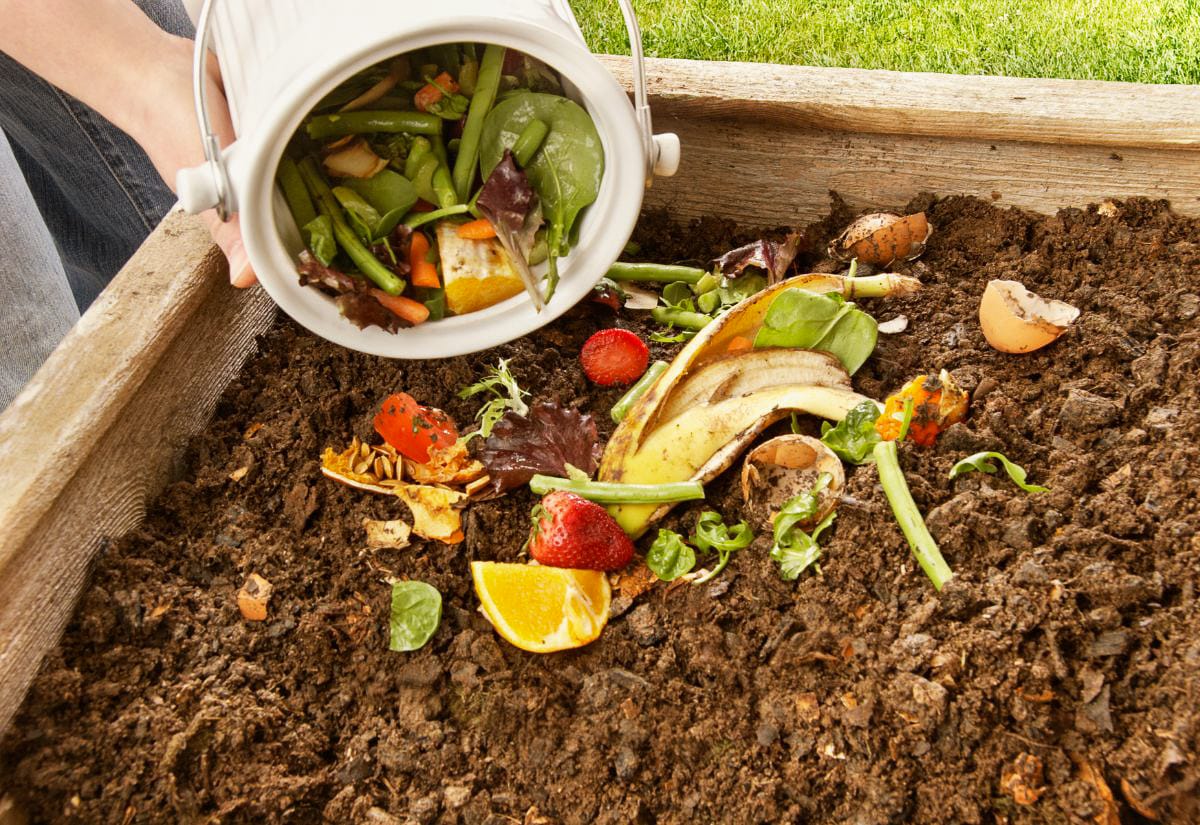
Repurpose What You Can
Before you throw something out, ask yourself if it could be useful in a new way. Creative reuse keeps items out of the trash and gives them new life.
Try this:
- Turn egg cartons into seed starters.
- Use glass jars for bulk shopping or spice storage.
- Make garden markers from popsicle sticks, wine corks, or broken clay pots.
- Use cardboard boxes as weed barriers in the garden.
Need ideas? Here’s one of my favorites: how to upcycle bed sheets into something useful around the homestead.
Shop Secondhand First
Thrift stores, yard sales, and online marketplaces are full of homestead treasures. You’ll be amazed what you can find if you make secondhand your first stop.
Try this:
- Look for canning supplies, kitchen tools, or garden gear.
- Buy clothes, especially for kids, from thrift or consignment shops.
- Check Craigslist, Facebook Marketplace, or Buy Nothing groups before heading to the store.
It’s budget-friendly and better for the planet.
Invest in Quality (When You Can)
Buying fewer things that last longer is a sustainable win. Focus on quality over quantity when your budget allows.
Try this:
- Choose stainless steel, cast iron, or glass over plastic.
- Invest in well-made boots, jackets, or tools that can be repaired.
- Pick brands that offer warranties, repair services, or spare parts.
It’s not about buying fancy—it’s about buying smart.
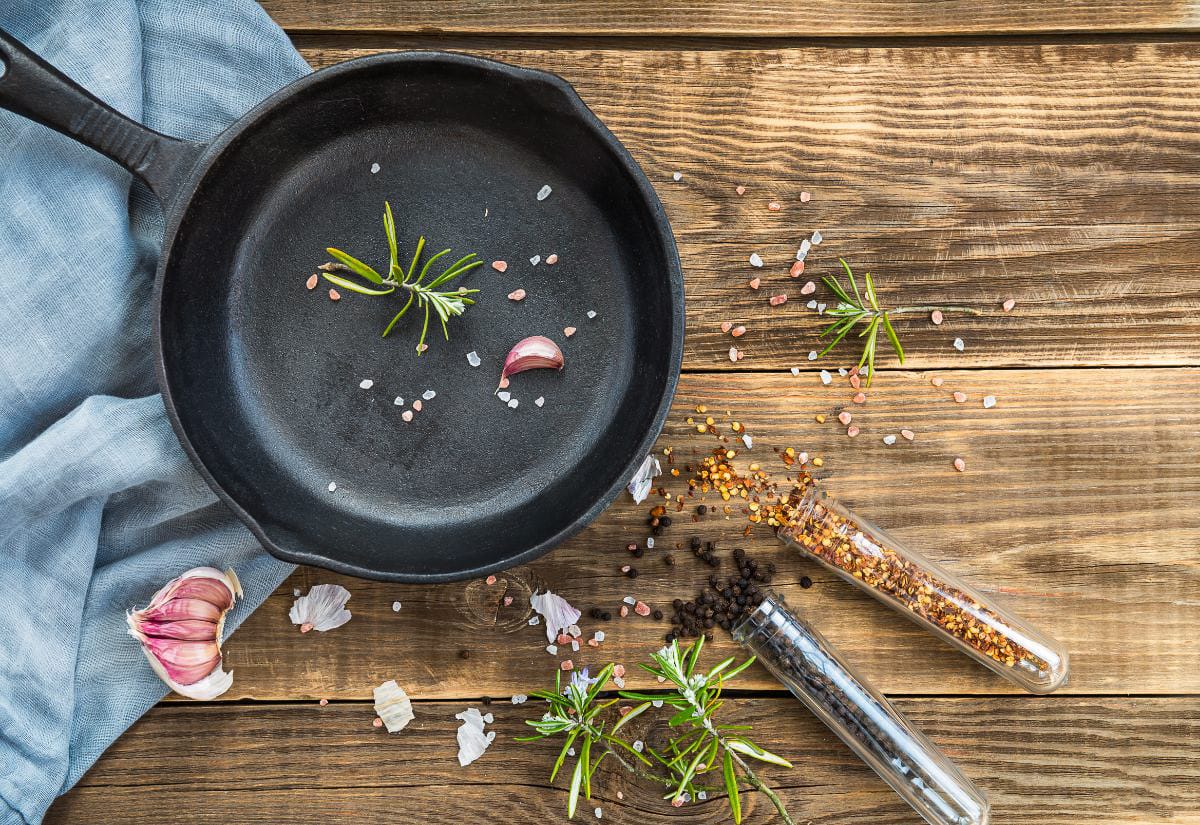
Say No to Hustle Culture
Homesteading doesn’t have to mean doing everything yourself or doing it all at once. Sustainable living includes your energy, too.
Try this:
- Prioritize rest and don’t apologize for it.
- Pick seasonal goals instead of year-long to-do lists.
- Say no to projects that don’t align with your values or bandwidth.
If you’re feeling stretched too thin, here are some gentle ideas on how to balance homesteading life without burning out.
Build Routines That Support Your Goals
Routines help sustainable choices become second nature. They reduce mental load and keep your homestead running smoothly.
Try this:
- Set a weekly menu plan based on your pantry.
- Do one sustainability task each week (like mending or bulk cooking).
- Establish morning or evening routines that support your flow.
Structure doesn’t have to be rigid—it can be freeing.
Progress Over Perfection
Sustainable living is a journey. Some seasons you’ll make bread from scratch. Other times you’ll buy it at the store—and that’s okay.
Try this:
- Celebrate your small wins.
- Keep a journal or checklist of what you’ve changed over time.
- Focus on consistency, not perfection.
Every small shift you make adds up to a more intentional, sustainable life.
Sustainable Living FAQs
Keep these tips handy—pin to your sustainable living board!
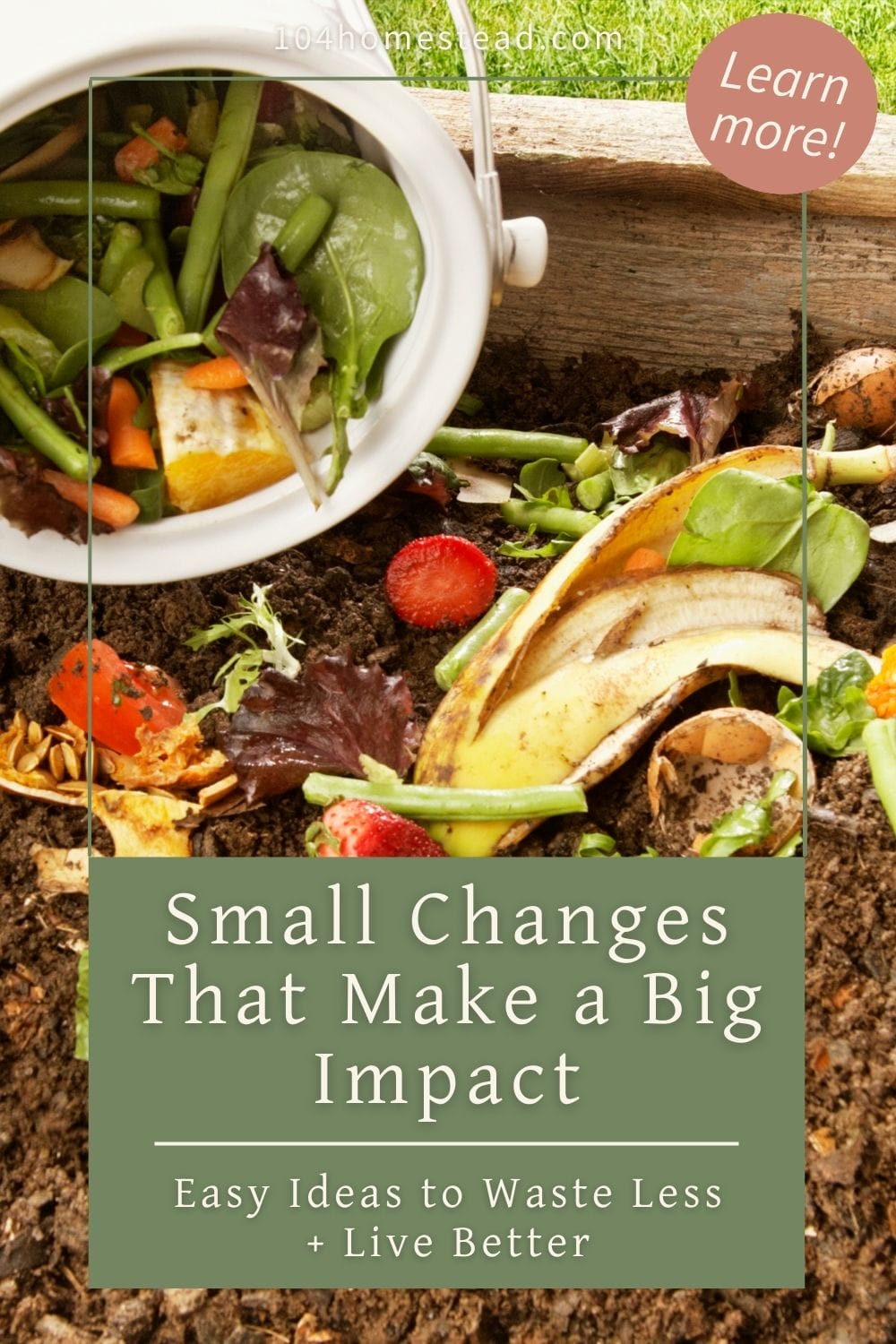
You don’t need to live off-grid or do everything from scratch to live sustainably. With a few intentional changes and a mindset that values progress over perfection, you can create a homestead life that’s good for the earth—and good for your sanity.
If this post gave you a few new ideas, I’d love it if you’d share it with a friend or let me know in the comments which tip you’re going to try first!



